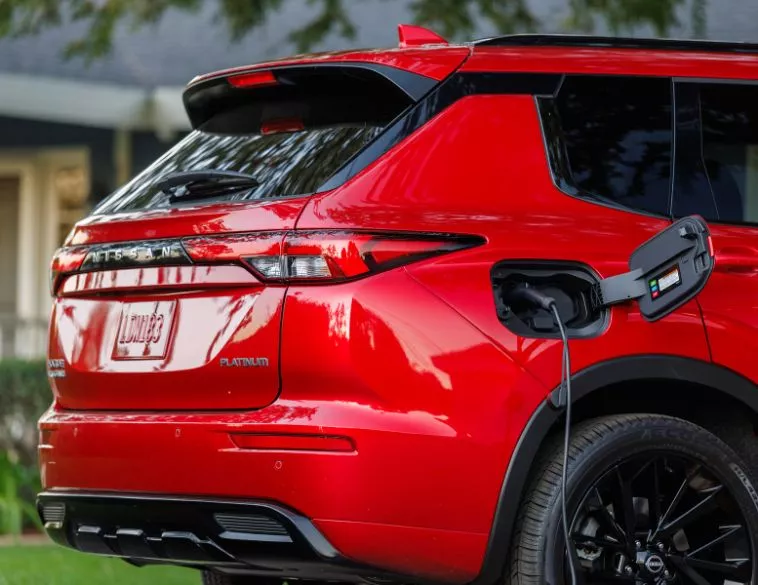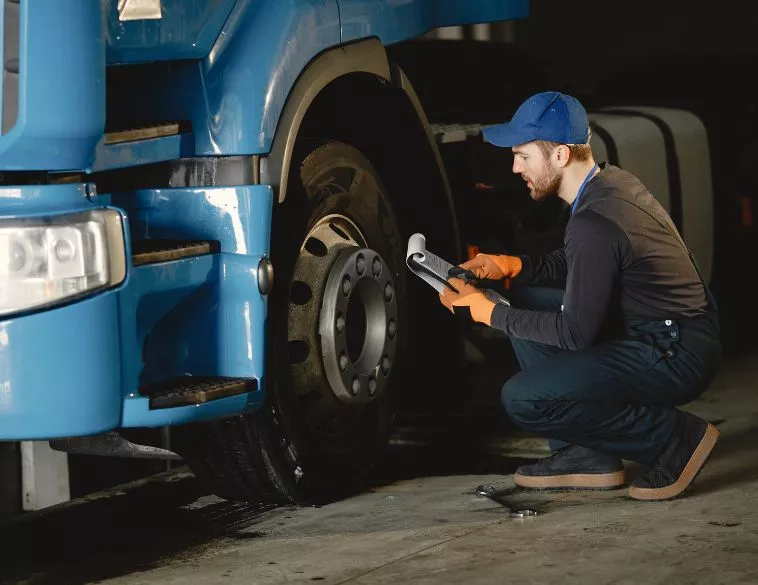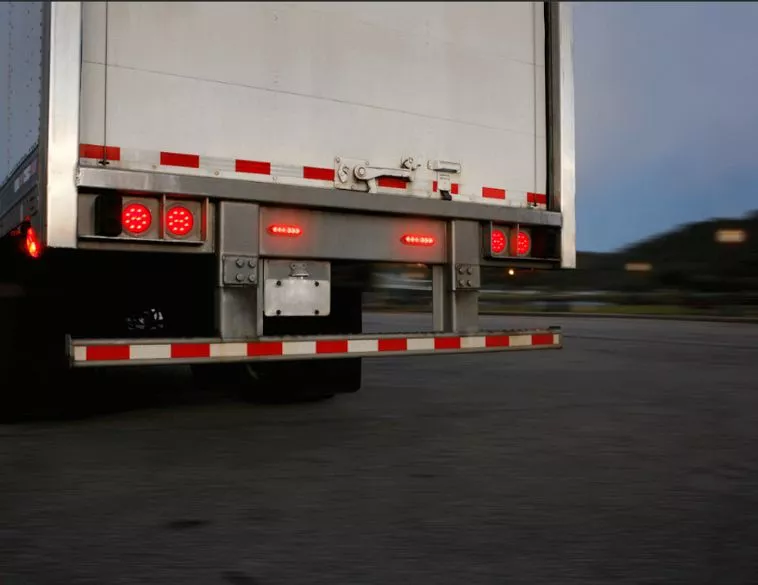Partnerships at the heart of fleet electrification
Fleet electrification goes well past simply replacing fuel with electricity. It involves a deep transformation of infrastructures, technologies, and business models. In this rapidly evolving ecosystem, one thing is clear: no company can succeed on its own. Partnerships have become essential to accelerating innovation and overcoming challenges.
Innovation and integration
Technological and commercial collaborations enable the pooling of expertise, reduce costs, and accelerate time to market. For example, energy providers are joining forces with vehicle manufacturers to test advanced features such as vehicle-to-grid energy transfer. This is the case with PG&E and GM in the United States.
As Joel Levin, Executive Director of Plug In America, points out: “Vehicle manufacturers and energy providers are now partners until the end of time, whether they like it or not. Decisions made by vehicle manufacturers have a huge impact on energy providers, and vice versa.”
Examples of collaborations in the EV ecosystem
These partnerships bring together complementary players around a shared goal: making electric mobility more accessible, reliable, and profitable.
Examples of partnership models:
- Charging providers and vehicle manufacturers: ChargePoint and Mercedes-Benz have joined forces to deliver a fast, reliable, premium charging experience across North America.
- Vehicle manufacturers and energy providers: Ford Pro and Southern Company collaborated to reduce fleet charging costs and ease pressure on the grid.
- Charging providers and home battery manufacturers: Dcbel and LG Energy Solution have partnered to offer a bidirectional energy solution that connects EVs with home battery storage.
Tangible impacts
For fleet managers, these partnerships deliver real advantages. By operating within a collaborative ecosystem, fleets gain access to more integrated solutions, improved interoperability between vehicles, chargers and software, and ongoing support throughout their energy transition. It also helps anticipate regulatory and technological changes and control operating costs.
Partnerships as a driver for change
The future of electric mobility will hinge on collaboration, not isolation. Its success rests on the ability of manufacturers, energy providers, fleet managers, and technology partners to co-create integrated, scalable and resilient solutions. In the context of an accelerated energy transition, partnerships stand as both a strategic priority and a catalyst for progress.
Through these collaborative dynamics, fleet managers are not simply adopting a new technology: they are becoming the architects of a more sustainable future. By leveraging collective intelligence and complementary expertise, electrification can fully realize its potential, benefiting businesses, communities, and the environment. Because that potential extends far beyond reducing GHG emissions: it also enables optimal energy valorization within an agile, intelligent energy management ecosystem.




